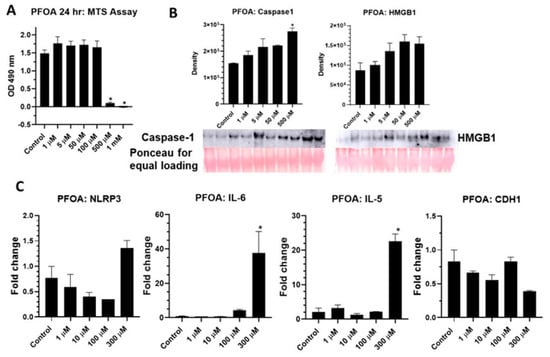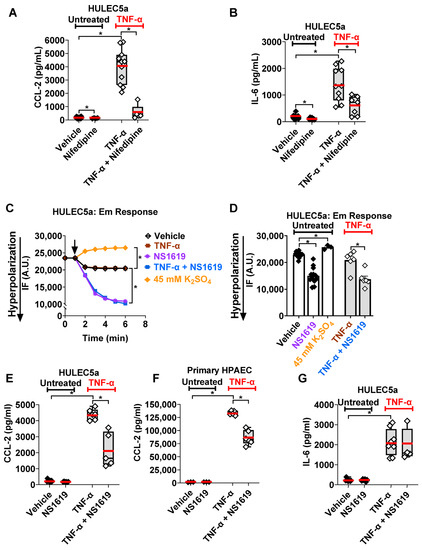State-of-the-Art Molecular Mechanisms of Pulmonary Pathology in USA (Closed)
A topical collection in International Journal of Molecular Sciences (ISSN 1422-0067). This collection belongs to the section "Molecular Pathology, Diagnostics, and Therapeutics".
Viewed by 8071Editor
Interests: pulmonary medicine; pulmonary physiology and cell biology; aging research
Special Issues, Collections and Topics in MDPI journals
Topical Collection Information
Dear Colleagues,
This Topical Collection aims to provide an up-to-date and comprehensive view on the state-of-the-art research activities focusing on pulmonary disease in the USA.
Based on long-term traditions of fundamental science in the USA, we would like to provide a comprehensive insight into the state-of-the-art of research activities regarding molecular mechanisms of pathogenesis and treatment in pulmonary diseases. All kinds of articles are welcome, including contributions about original investigations as well as reviews in the field. The covered topics of interest include but are not limited to the following:
- Lung cancer
- Lung microbiota
- Chronic inflammatory lung diseases including COPD, cystic fibrosis, bronchiectasis
- Lung injury and repair
- Lung development
- Biomarkers
- Genomics and proteomics in lung disease
- Airway diseases including asthma
- Pulmonary fibrosis
- Lung infections
- Aging and lung disease
- Pulmonary vascular disease
- Pediatric lung disease
- Pathological organ crosstalk including the lung
Dr. Stefanie Krick
Collection Editor
Manuscript Submission Information
Manuscripts should be submitted online at www.mdpi.com by registering and logging in to this website. Once you are registered, click here to go to the submission form. Manuscripts can be submitted until the deadline. All submissions that pass pre-check are peer-reviewed. Accepted papers will be published continuously in the journal (as soon as accepted) and will be listed together on the collection website. Research articles, review articles as well as short communications are invited. For planned papers, a title and short abstract (about 100 words) can be sent to the Editorial Office for announcement on this website.
Submitted manuscripts should not have been published previously, nor be under consideration for publication elsewhere (except conference proceedings papers). All manuscripts are thoroughly refereed through a single-blind peer-review process. A guide for authors and other relevant information for submission of manuscripts is available on the Instructions for Authors page. International Journal of Molecular Sciences is an international peer-reviewed open access semimonthly journal published by MDPI.
Please visit the Instructions for Authors page before submitting a manuscript. There is an Article Processing Charge (APC) for publication in this open access journal. For details about the APC please see here. Submitted papers should be well formatted and use good English. Authors may use MDPI's English editing service prior to publication or during author revisions.








